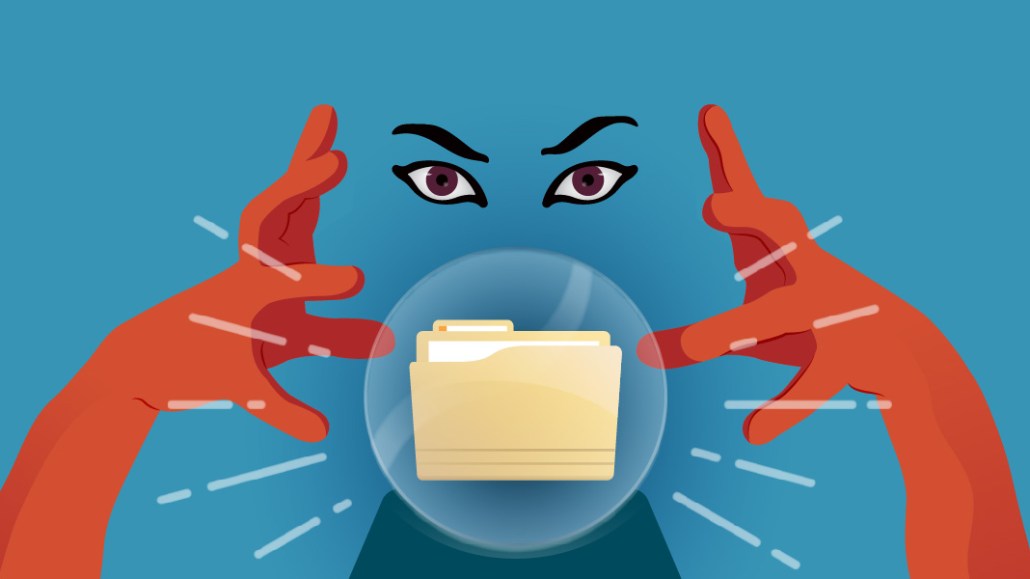Stayin’ alive: a new innovation that’s giving us programmatic fever

By Dave Oliveira, COO, TruSignal
Data is a lifeline in today’s age of digital disruption. Brands that don’t use data to innovate often struggle to survive. And for those who aren’t keen to this warning, consider one question: When is the last time you visited a Blockbuster?
You know the story. Blockbuster had a time-tested business model, fixed in brick-and-mortar retail. Then up-and-comer Netflix came on the scene with a new model, built on the visionary premise that consumer data and algorithms could improve consumer experience by using past preferences to recommend movies that would then be shipped directly for rental. While laughable at the time, this then-nascent, data-driven entity put a legacy in the dirt.
In today’s competitive martech landscape, companies that tolerate a “me-too” mentality don’t last. Like Netflix, more brands are turning to data-driven innovation as the new norm.
TruSignal works with leading demand-side platforms (DSPs) that recognize the need for data-driven innovation. Since these platforms all have various types of lookalike targeting solutions, we knew it was time to hit the drawing board to come up with something completely new.
Square one
We first looked to the tried-and-true method, using troves of consumer data and algorithms to reach the right people — the hallmarks of programmatic targeting. Then we looked to an element of programmatic that was largely unexplored: bidding.
Afterall, if you can use data and technology to find the right people, why not use it to pay the right price for impressions?
Here’s how it works: first, a DSP provides a sample of users who have previously converted for a client. We use our billions of offline data points (think demographics, auto ownership, financial data and more) to discover commonalities across the client’s customers in order to build a model that predicts conversion likelihood. We use that model to calculate a conversion index for 220 million U.S. adults, making these billions of offline data points actionable for a DSP’s bidding algorithm.
The beta and results
We launched this bidding idea with a leading DSP that was using its algorithm to process only online data to calculate a bid price for each impression. But with our solution, the DSP was able to factor in our scores in addition to the online data, in real-time, to adjust the bid decisions about each impression, based on conversion likelihood.
The results validated our vision, delivering cross-channel campaign efficiencies including a 27 percent engagement increase across video and a 19 percent CPA improvement on mobile.
Back to the future
For a moment, think back to the days of running to the video store, meandering through the aisles in search for a new release that had often already been snatched up. Did you ever imagine this content would one day be virtually delivered to your TV, and even to your phone? Or that it would be sorted and tailored to your preferences, based on an analysis of billions of data points? Few did. But it was a deep understanding of consumer preferences that lead to an innovation that two-thirds of U.S. households use today.
At some point, you will need a data solution that drives efficiencies in your campaigns. As you consider, let me leave you with one last question: can you afford to become another Blockbuster?
More from Digiday

Why the New York Times is forging connections with gamers as it diversifies its audience
The New York Times is not becoming a gaming company. But as it continues to diversify its editorial offerings for the digital era, the Times has embraced puzzle gamers as one of its core captive audiences, and it is taking ample advantage of its advantageous positioning in the space in 2024.

Why B2B marketers are advertising more like consumer brands to break through a crowded marketplace
Today’s marketing landscape is more fragmented than ever. Like consumer brands, business brands are looking to stand out in a crowded and competitive marketplace, making marketing tactics like streaming ads, influencers and humorous spots more appealing.

As draft puts WNBA in spotlight, the NBA is speeding up ballplayers’ transition to creators
The NBA’s star athletes are its greatest marketing asset.





